The 1992 Giant Mine explosion at Yellowknife
Today is the 20th anniversary of one of the blackest days in the history of the Canadian North, and in Canadian labour history. On September 18, 1992, an explosion at the Giant gold mine at Yellowknife, Northwest Territories killed 9 men – it turned out to be not an accident but a case of mass murder. Although my time working underground at the Granduc copper mine is now a distant memory, that wasn’t the case in 1992 – I could easily imagine what was happening, though I missed much of the developing story as I was on the road running tours for Atlas Tours. Thanks to Katherine Laidlaw, whose excellent article “The Murders in the Mine” in the current edition of Up Here magazine reminded me of the date. Since the article is online, I won’t go into the details of what happened here.
Although the Yellowknife Historical Society [Edit: called the NWT Mining Heritage Society when this post was written] has assembled a lot of equipment on their property near the Giant Mine, there is no mining museum in Yellowknife yet. Odd for a city built on mining.
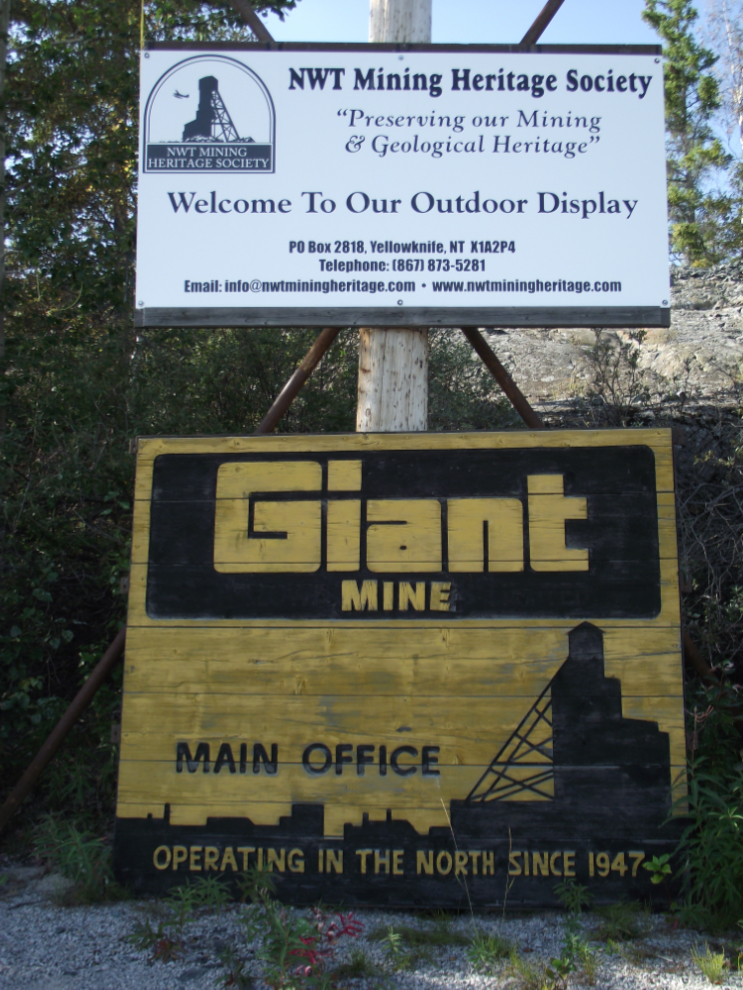
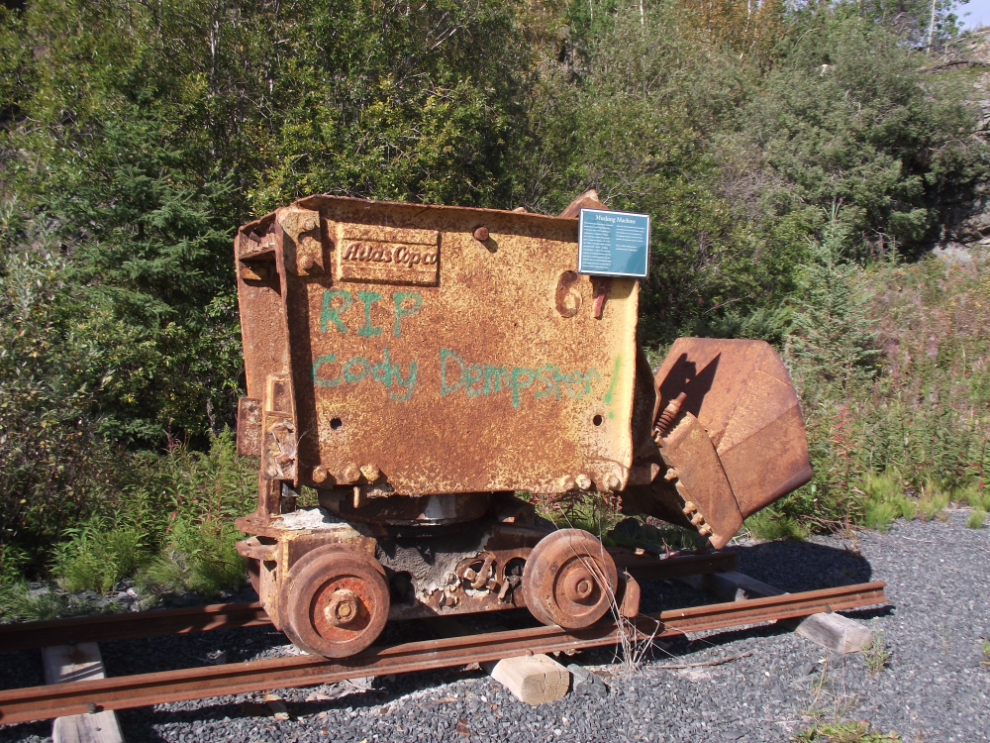
Although when I was in Yellowknife last August I saw the mine much as it looked when it was abandoned, The Giant Mine Remediation Project will result in most signs of the mine disappearing in the next few years.
This is what the mine looks like from the top of the hill above the NWT Mining Heritage Society property.
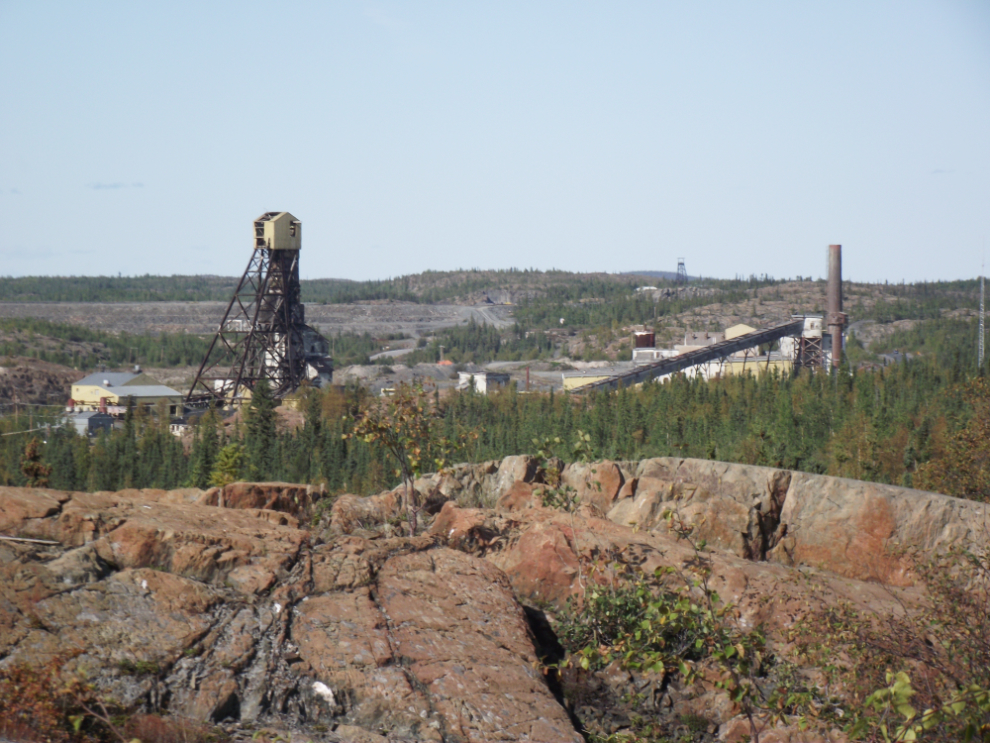
Driving north on NWT Highway 4, the Ingraham Trail, the Giant Mine dominates the view.
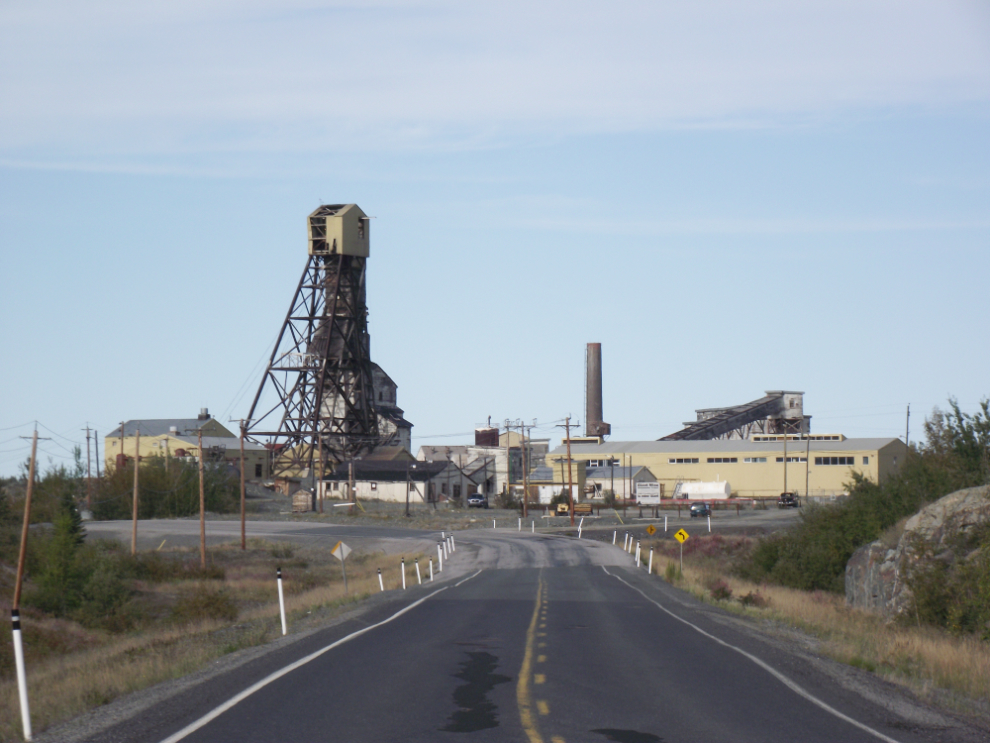
A closer look.

This safety board dates to 1999, the year that Giant Mine owner Royal Oak Mines went into receivership. Another Yellowknife gold mine, the Con Mine, took over mining the ore at Giant for another 4 years, then in 2003 everything was shut down.
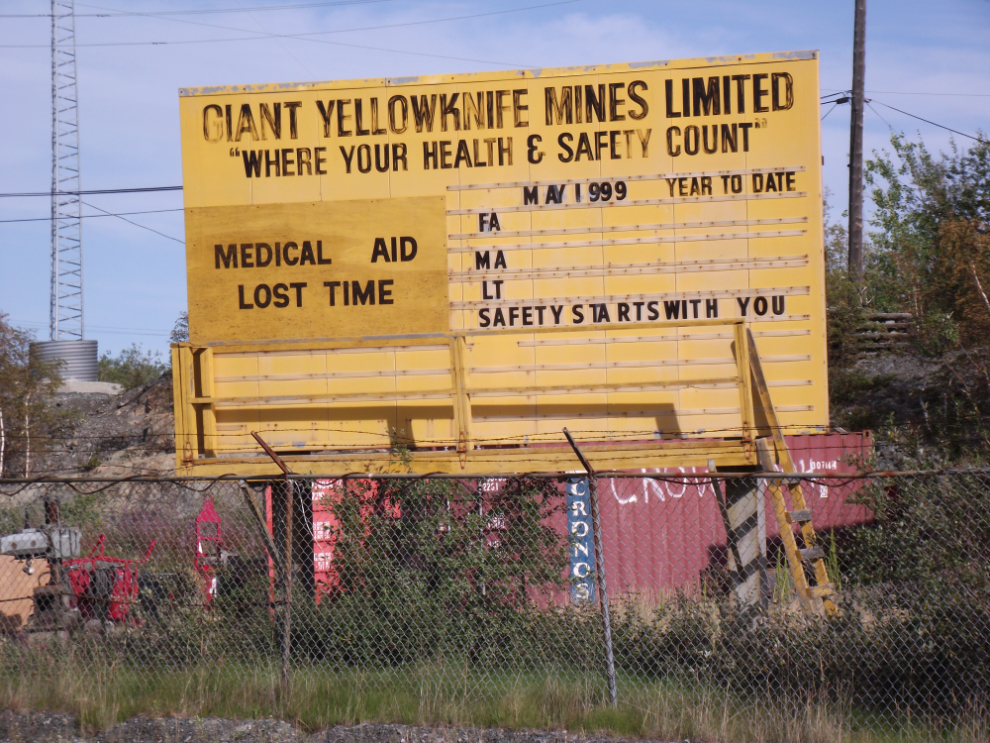
The mine is so vast that it can really only be seen from the air. This image from Google Earth shows the mine from about 25,000 feet, as it was on June 3, 2012.
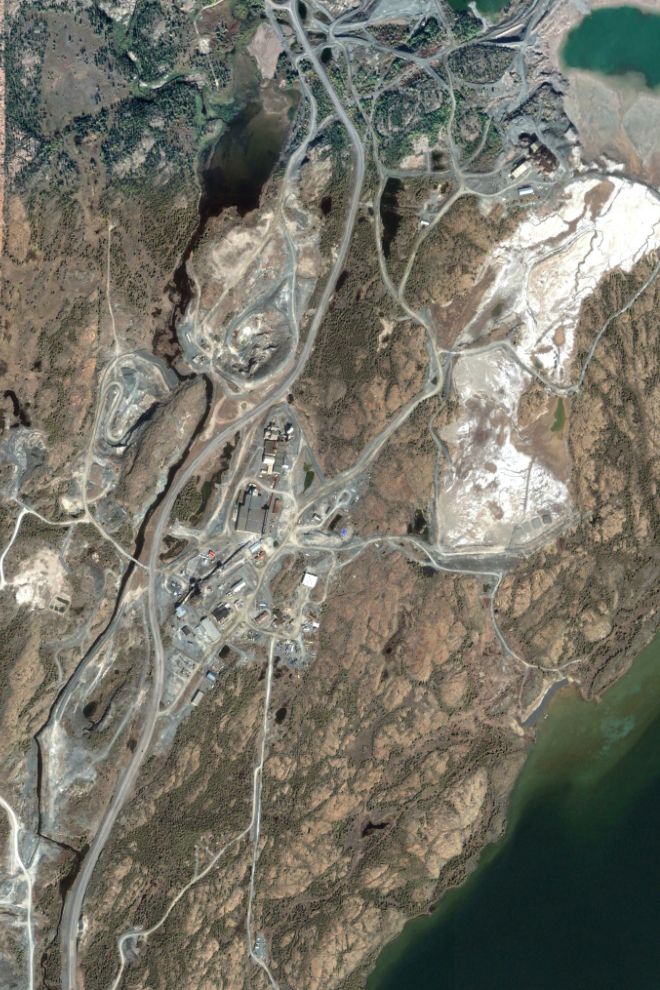
And this closer look is from about 4,000 feet.
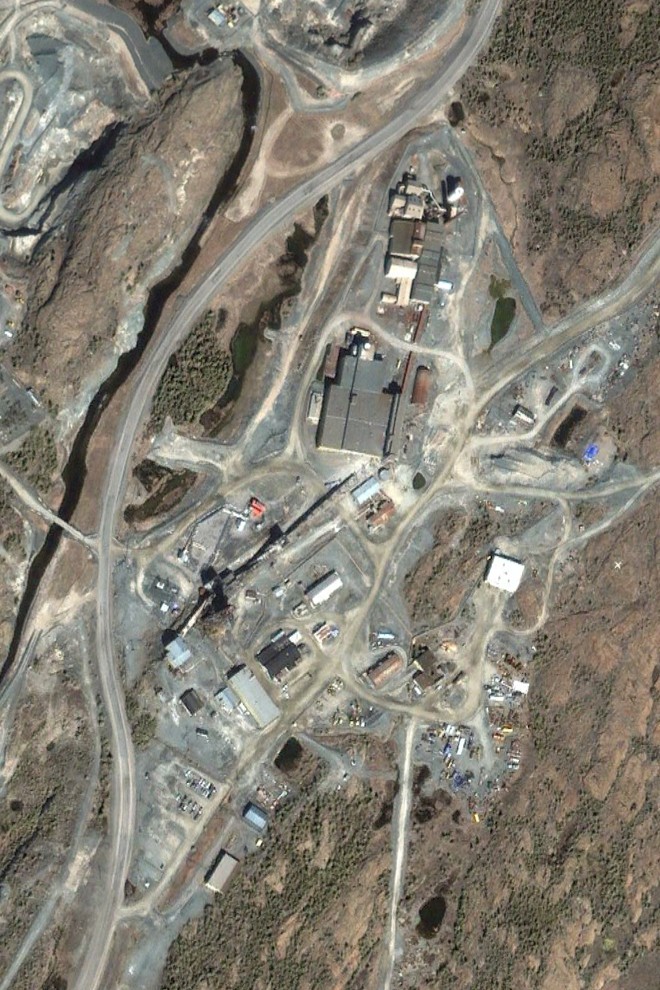
The strike that precipitated the blast that killed the 9 men had become violent within days of starting – no Canadian mine had brought in replacement workers (“scabs” in the vernacular) in the past 45 years, and the miners at Giant weren’t about to allow it there. Katherine Laidlaw’s article (linked in the first paragraph) is a must-read for anyone looking to understand how such a tragedy could occur.